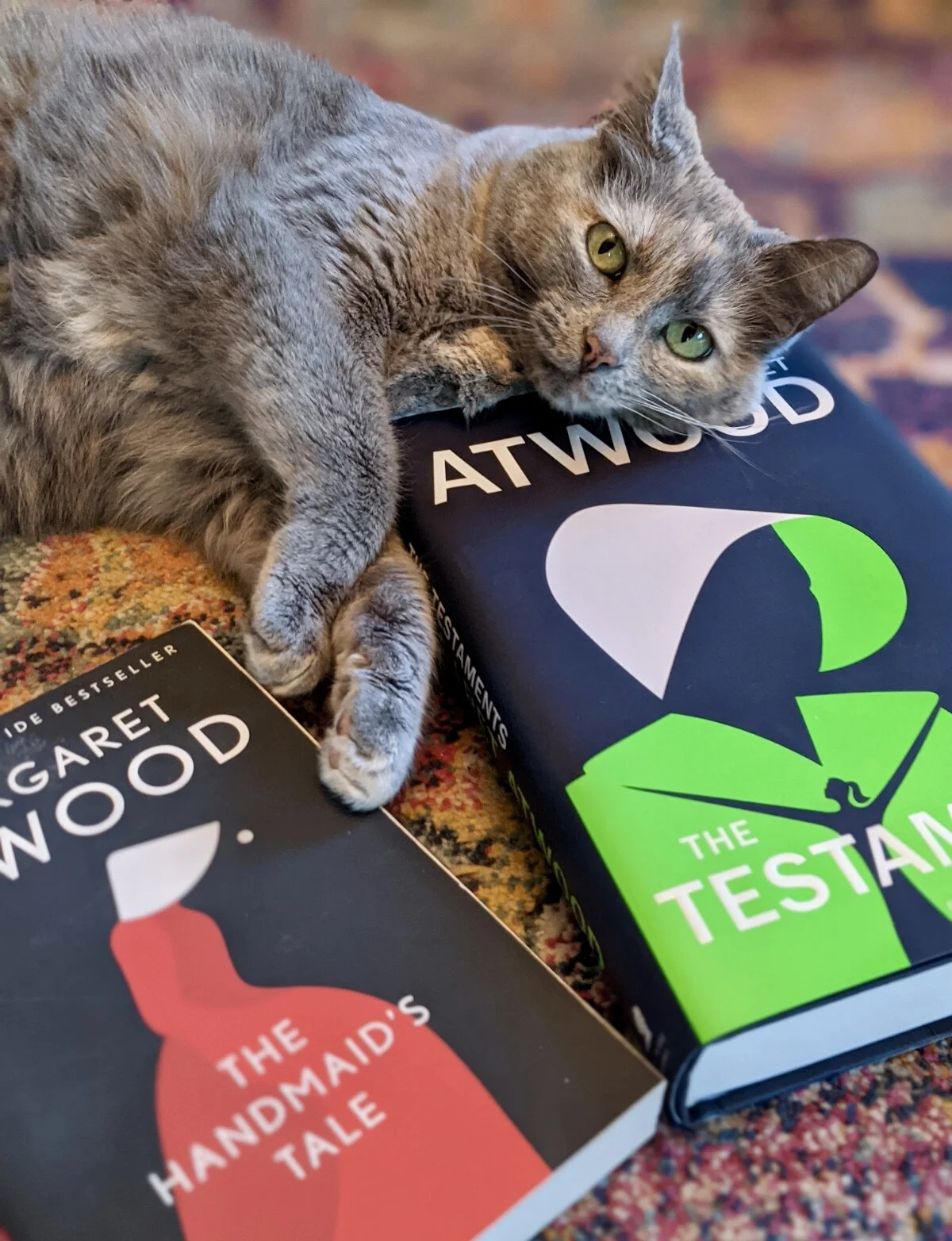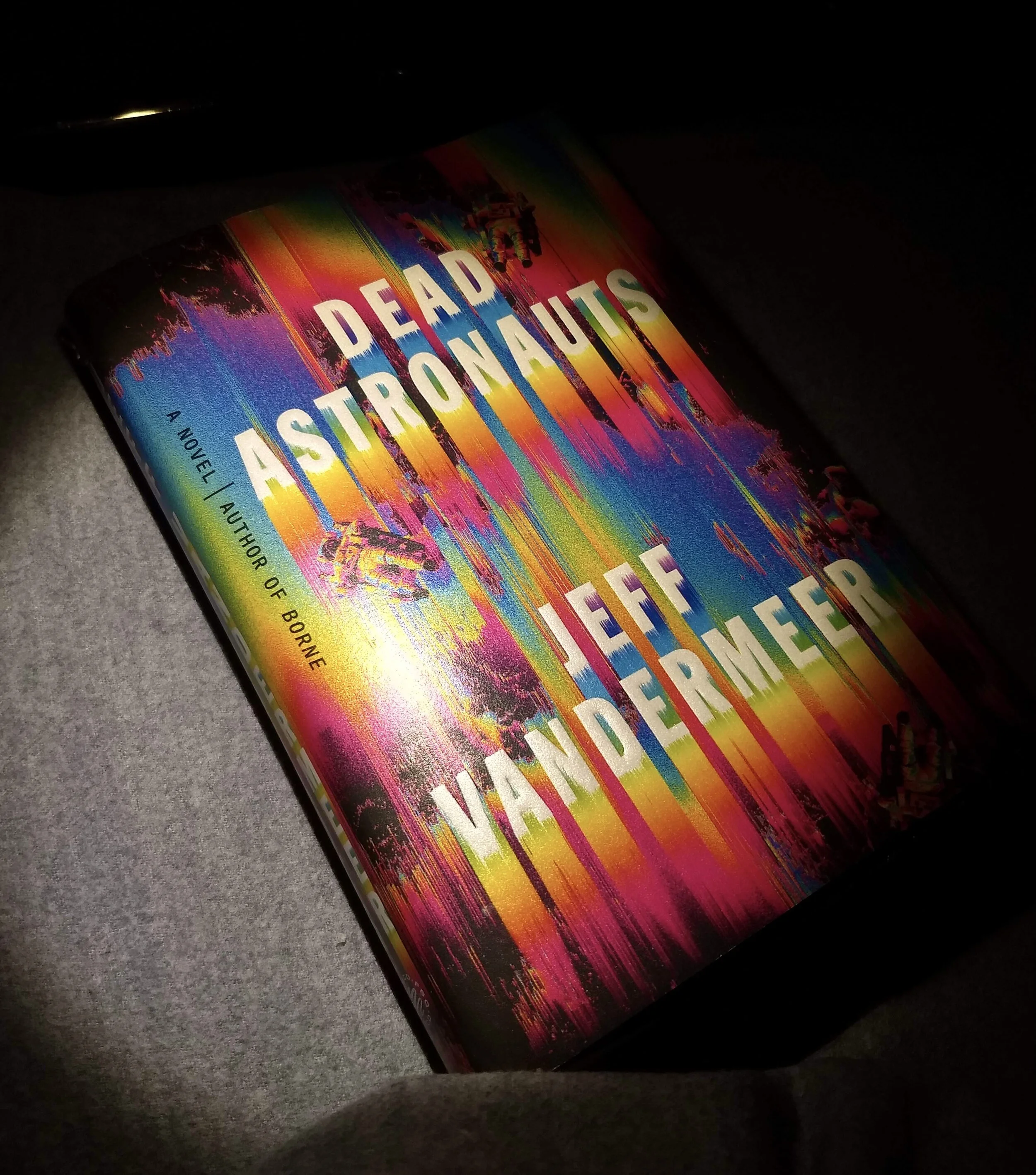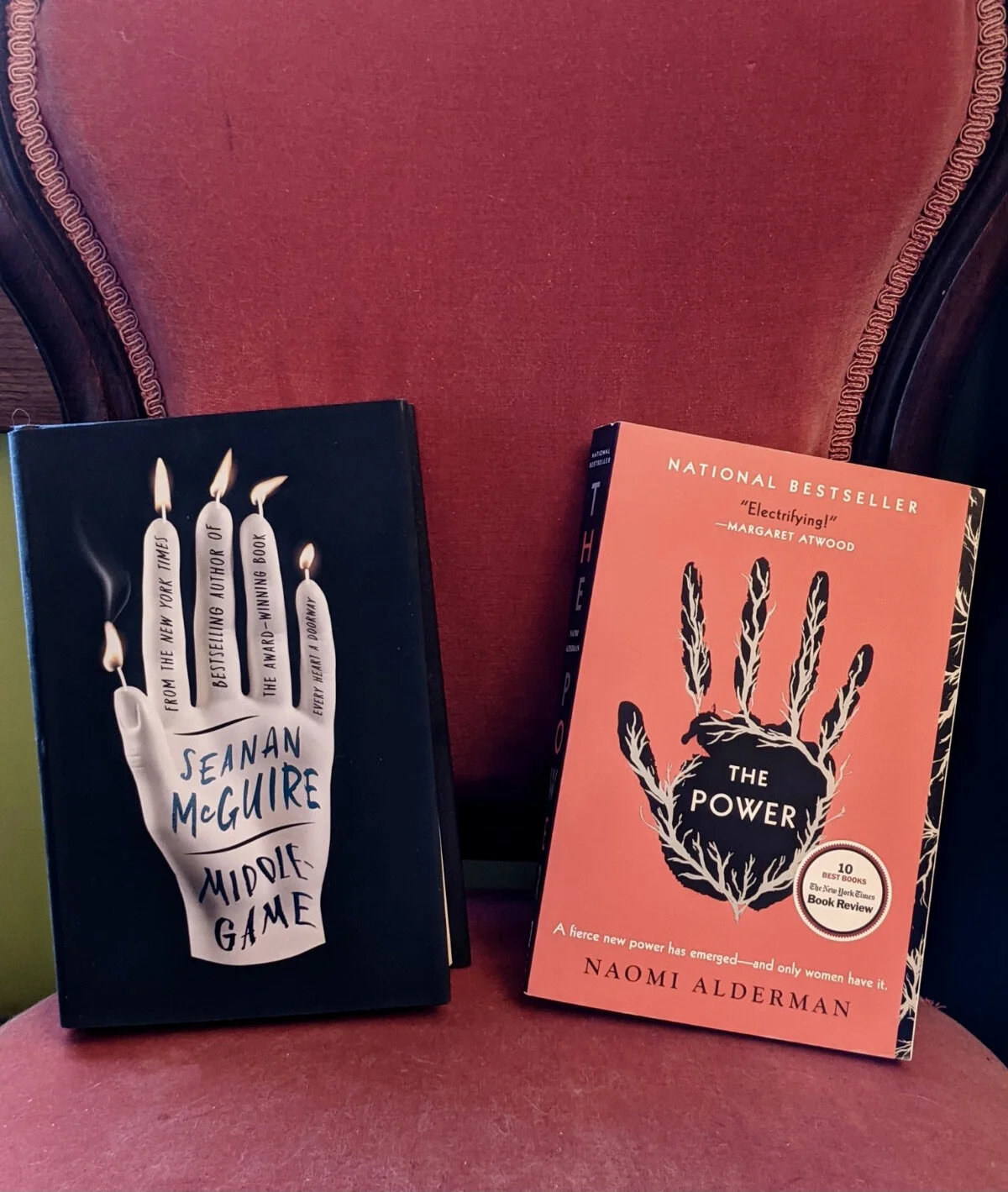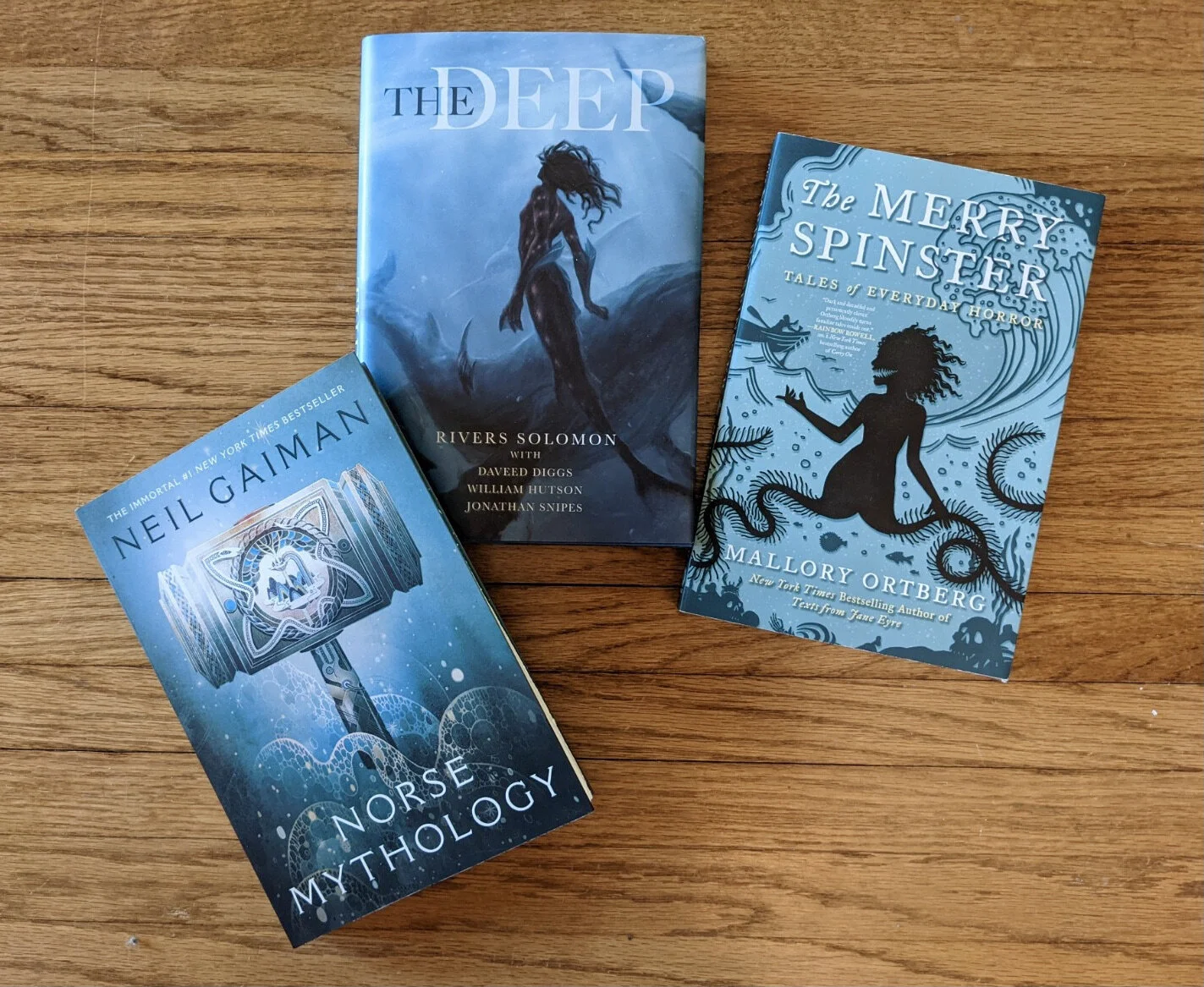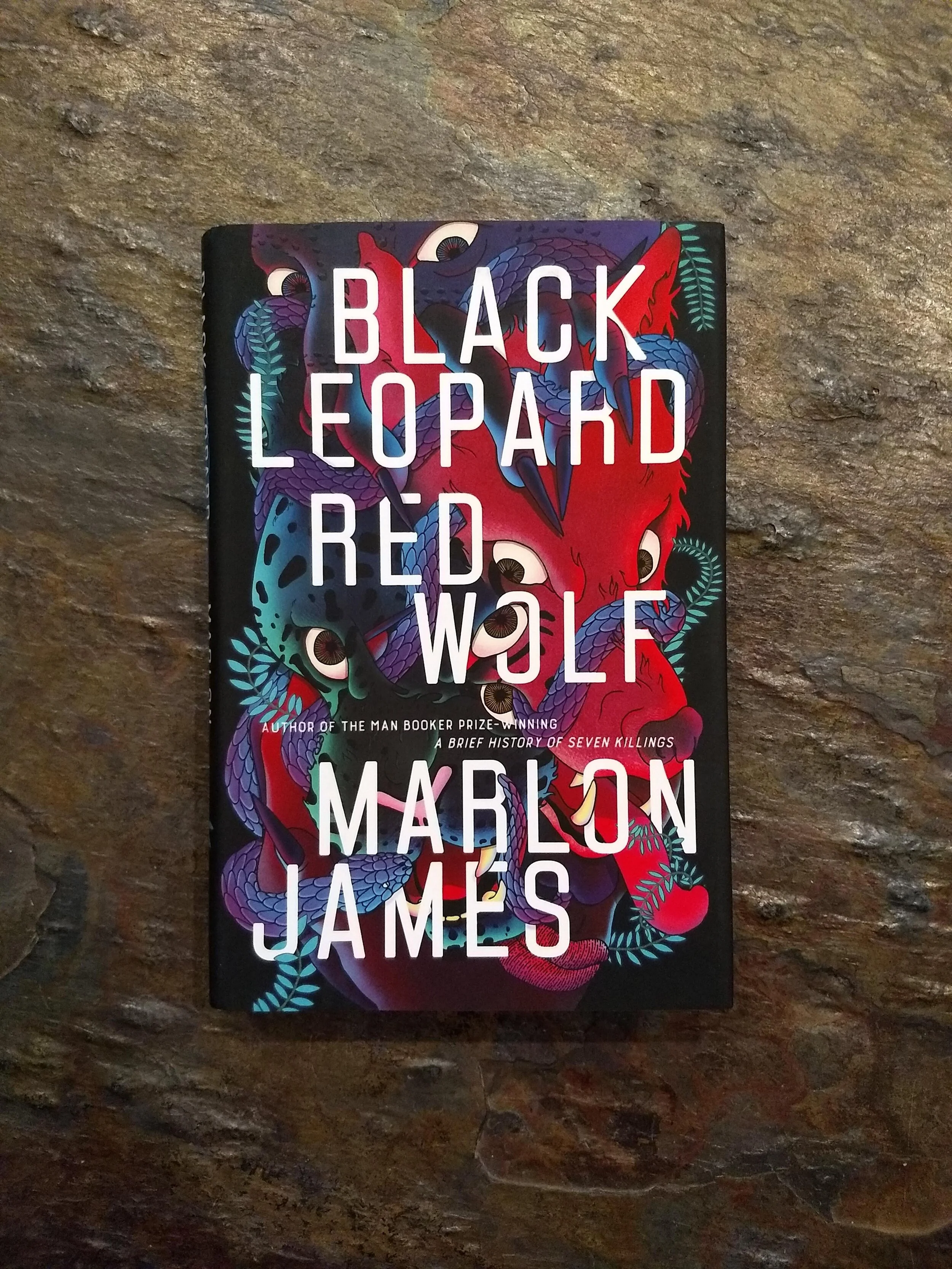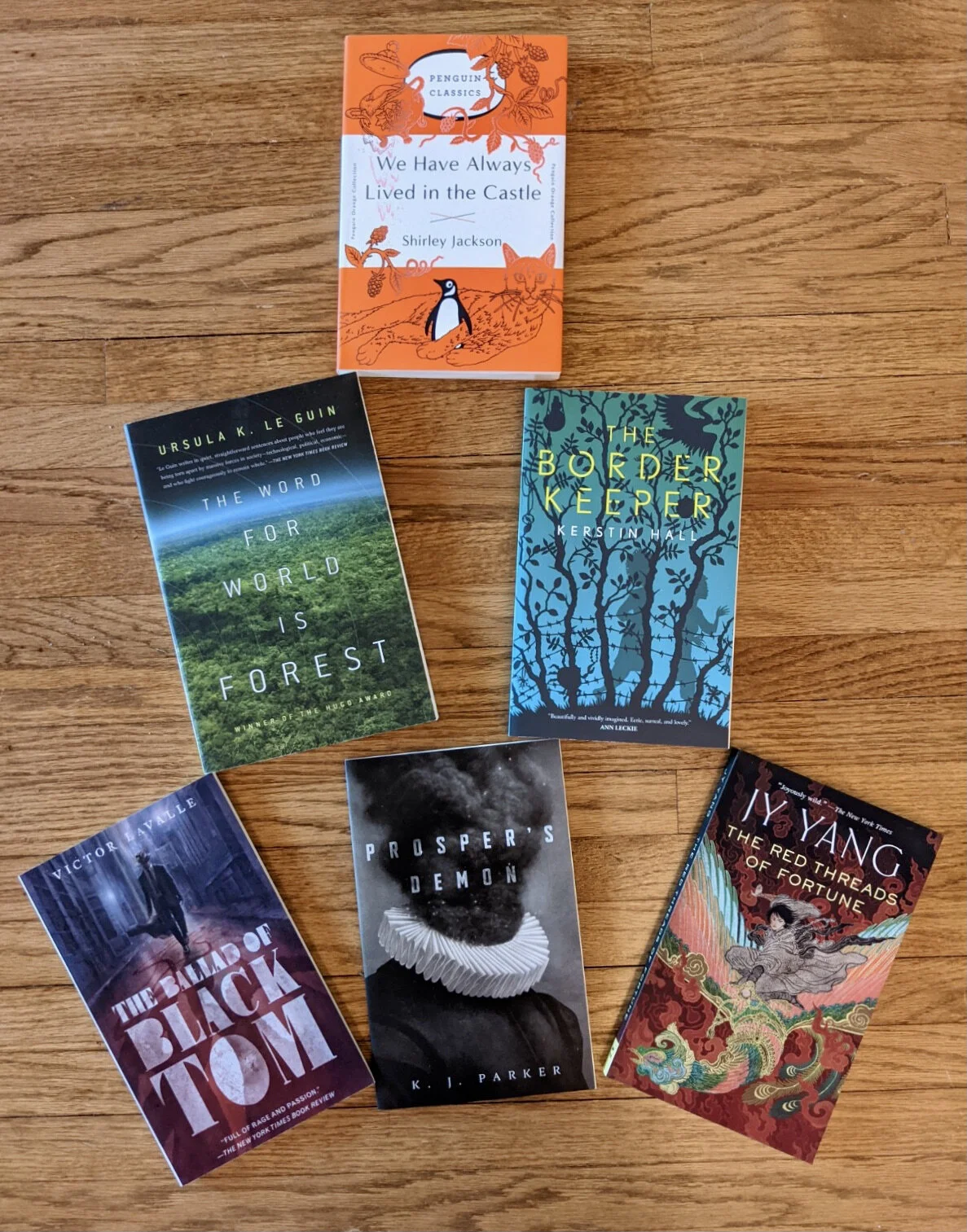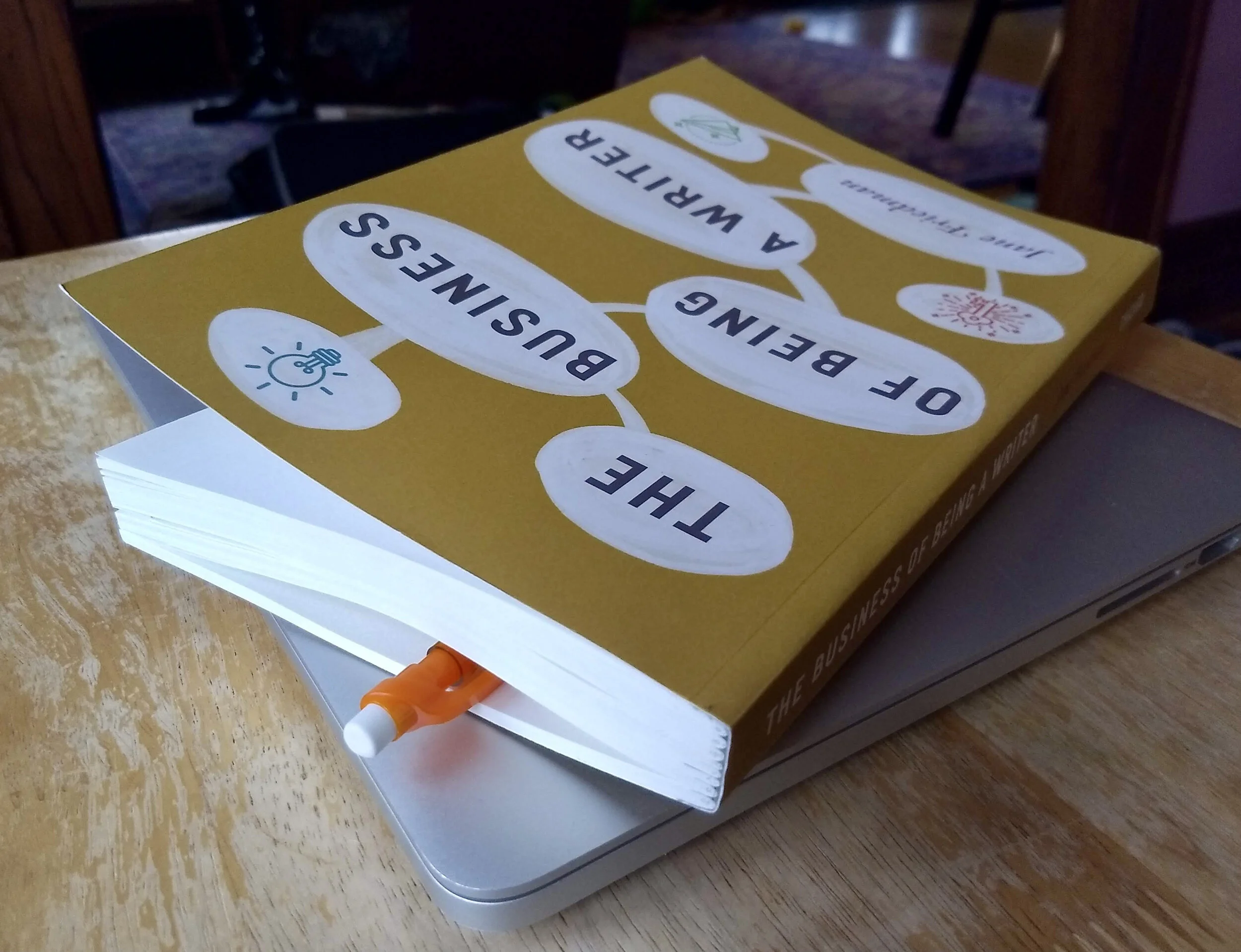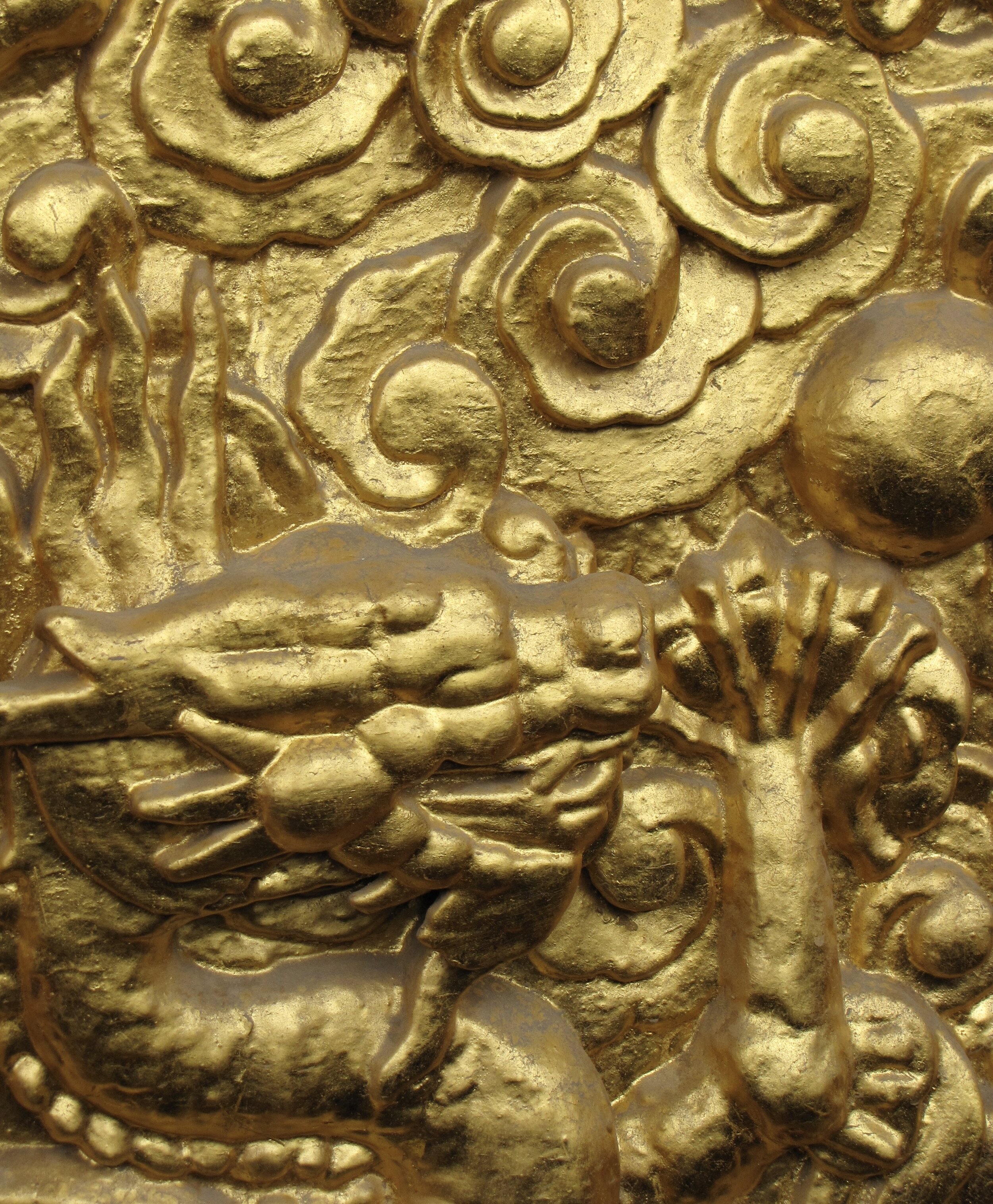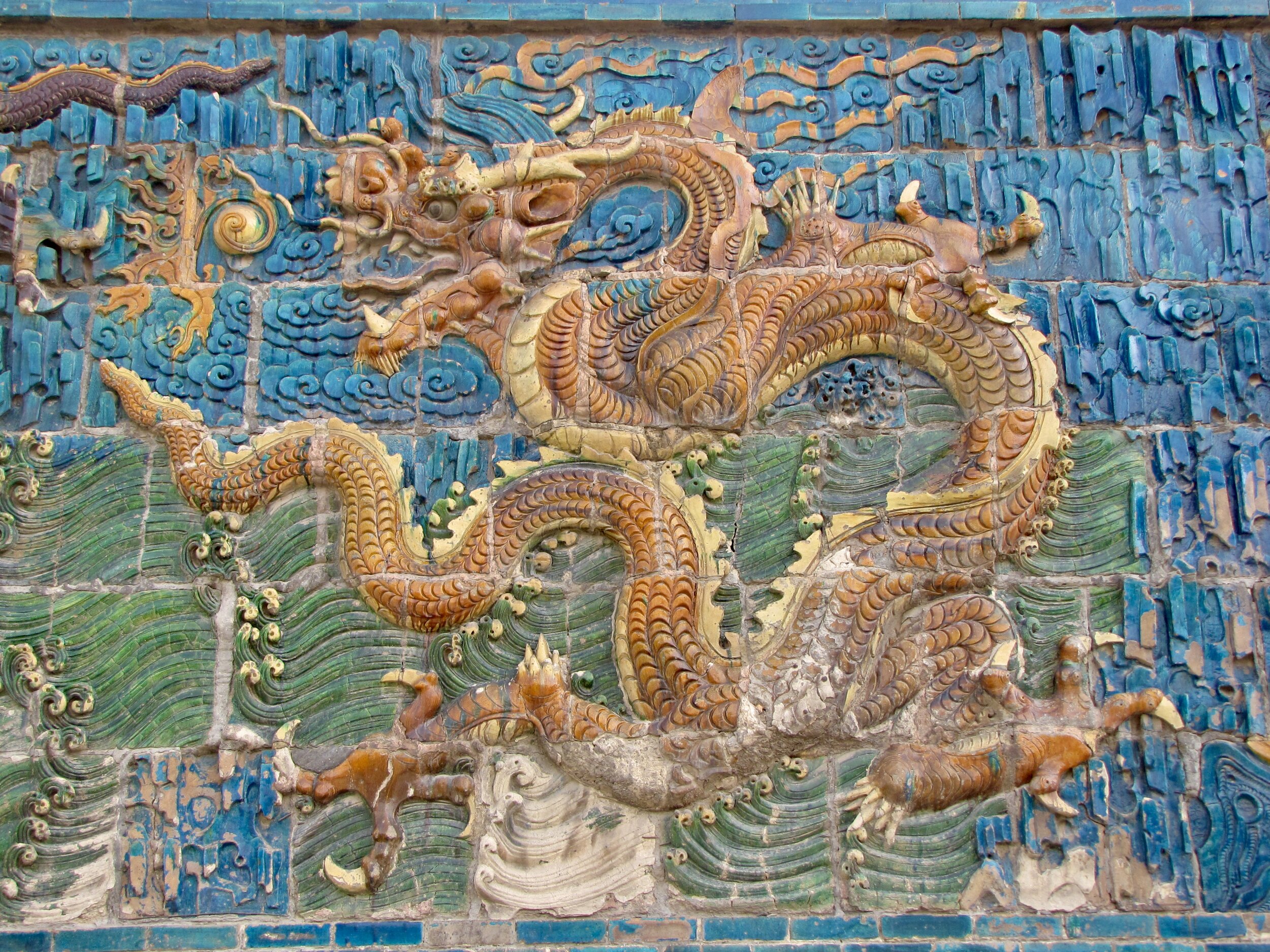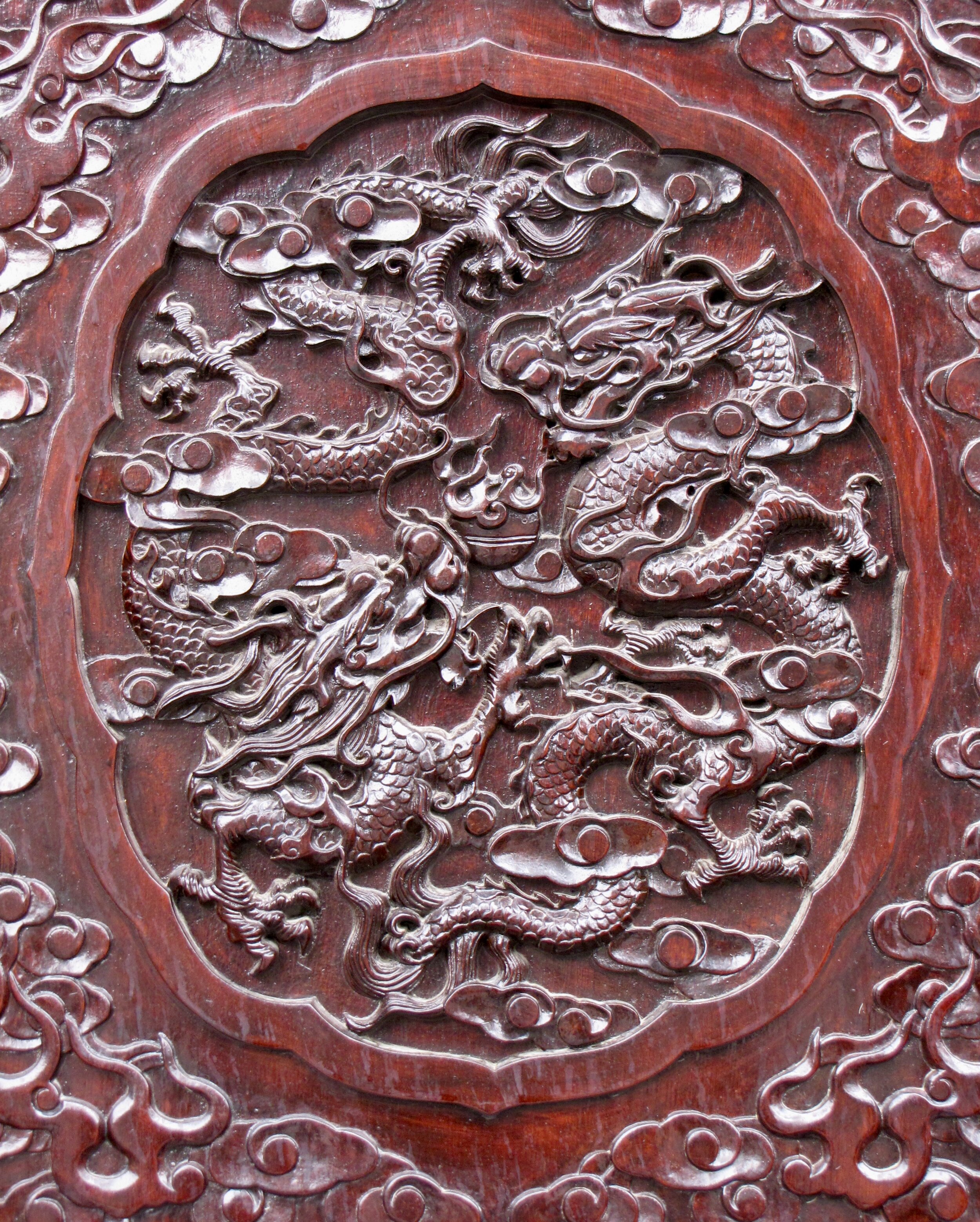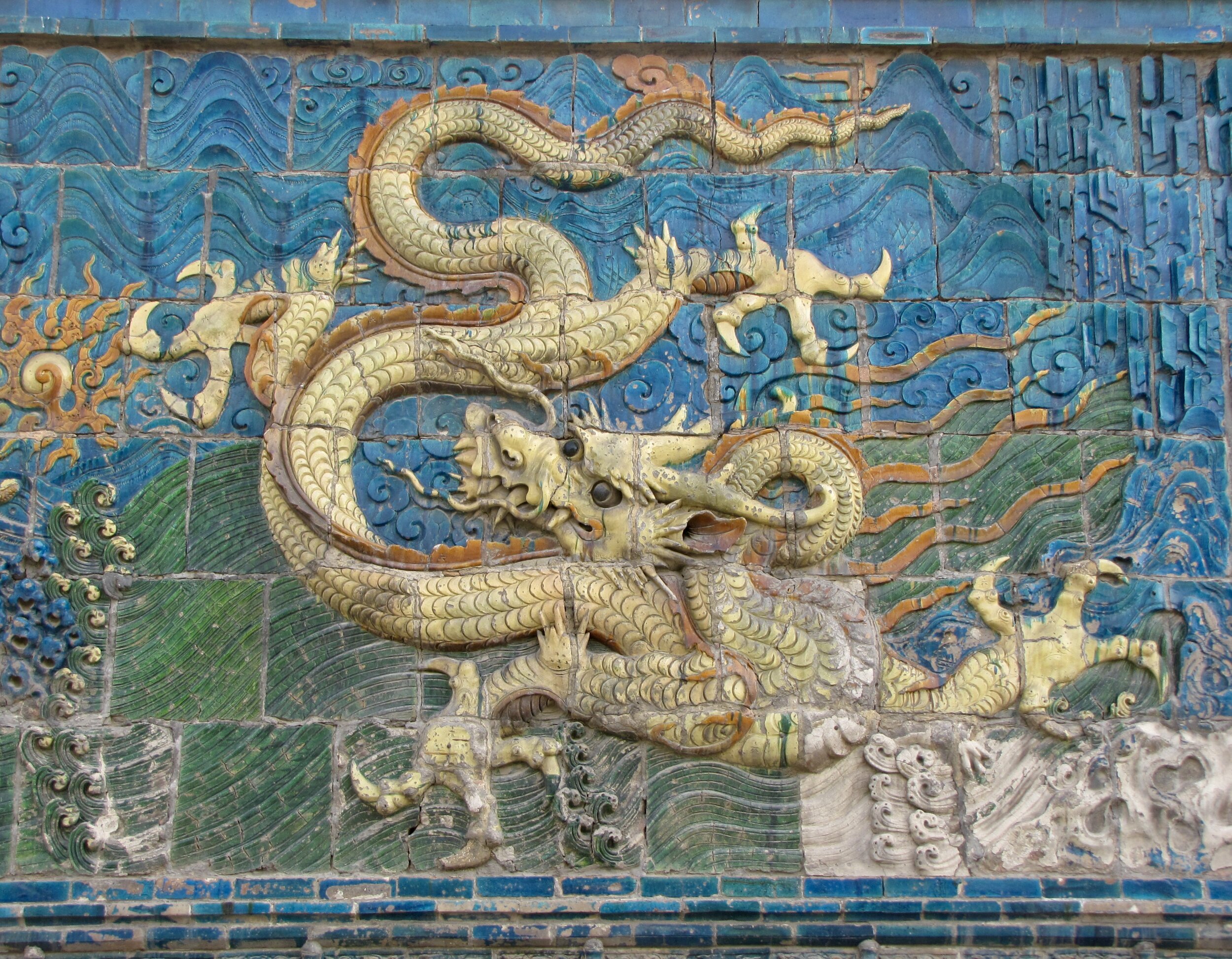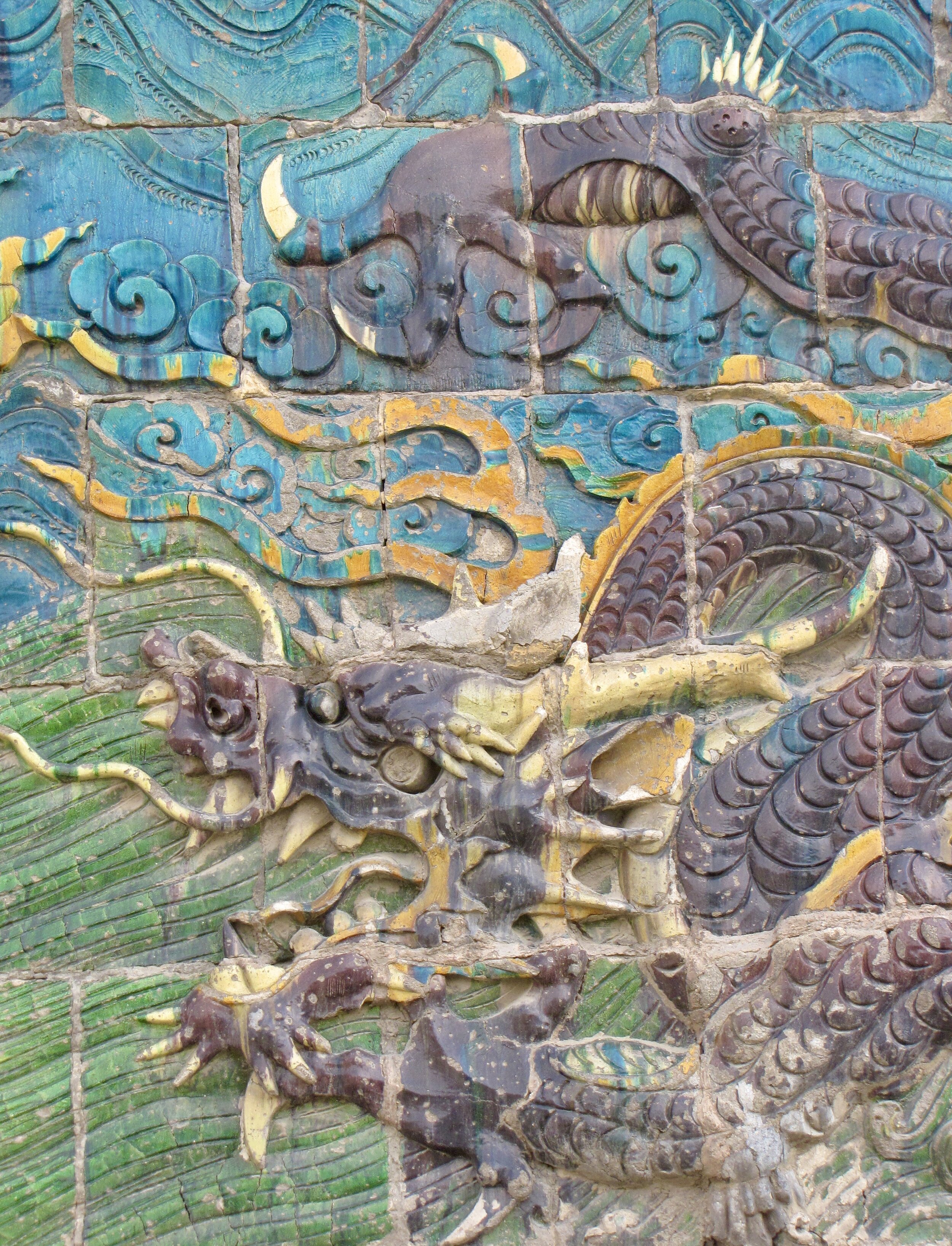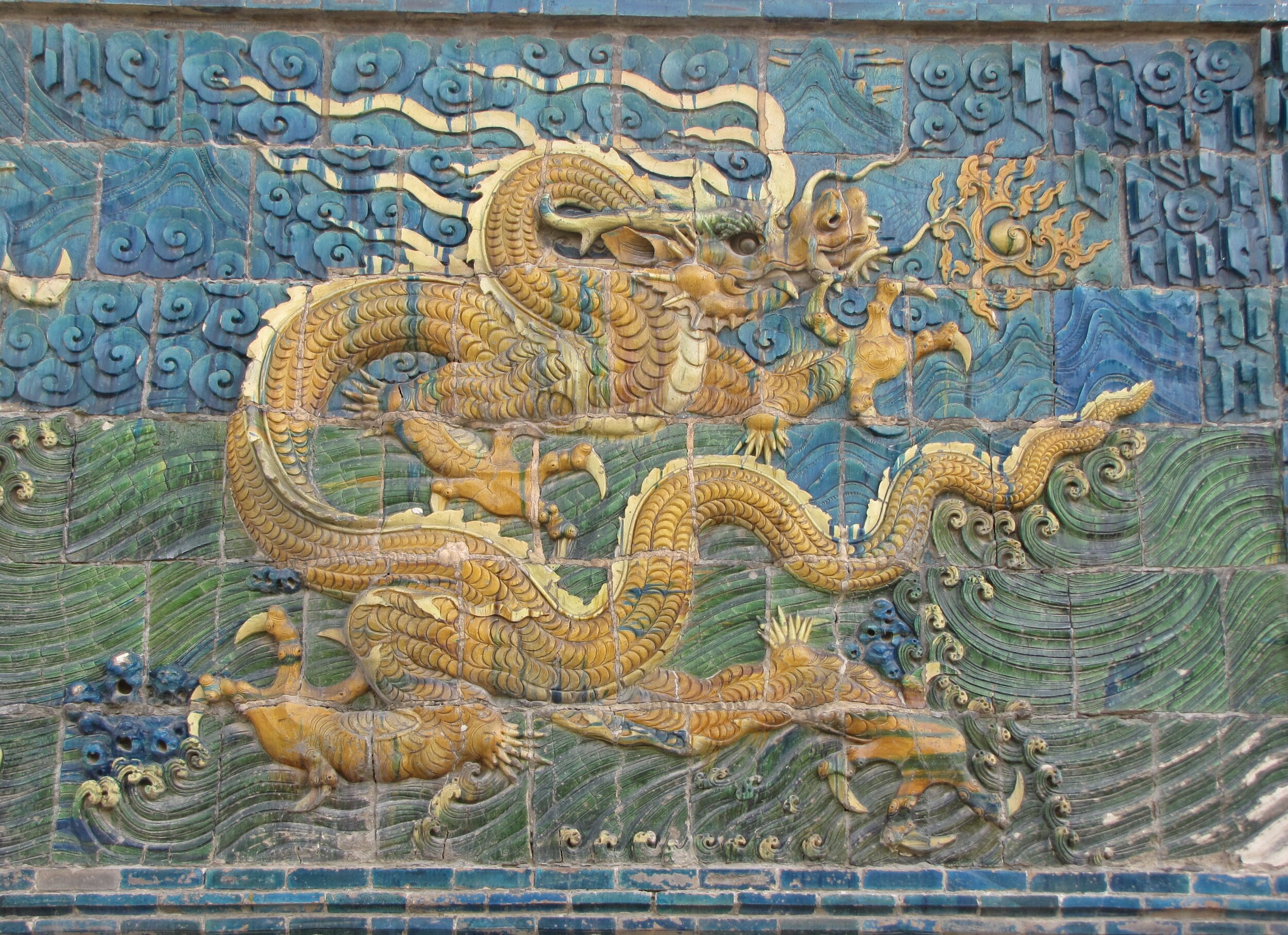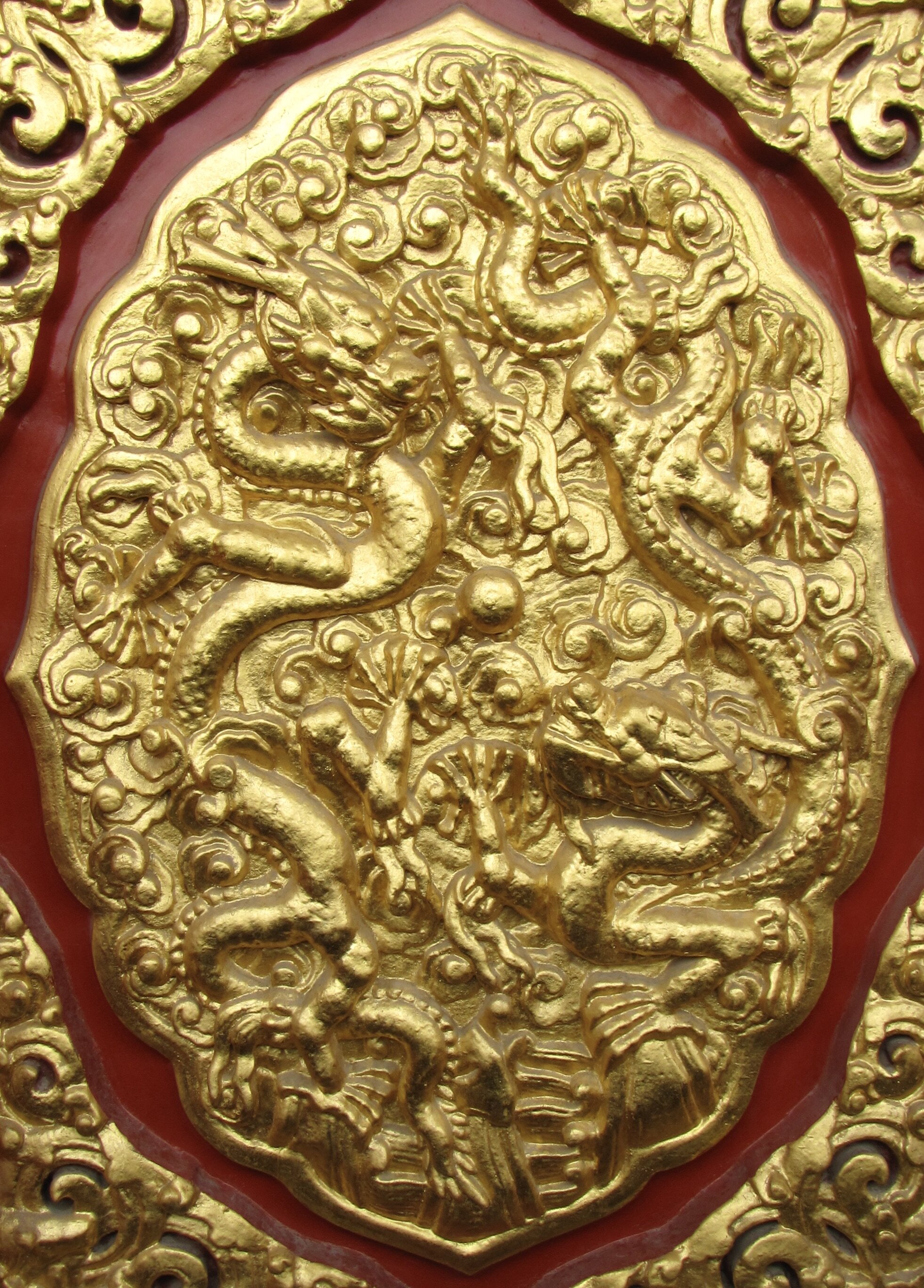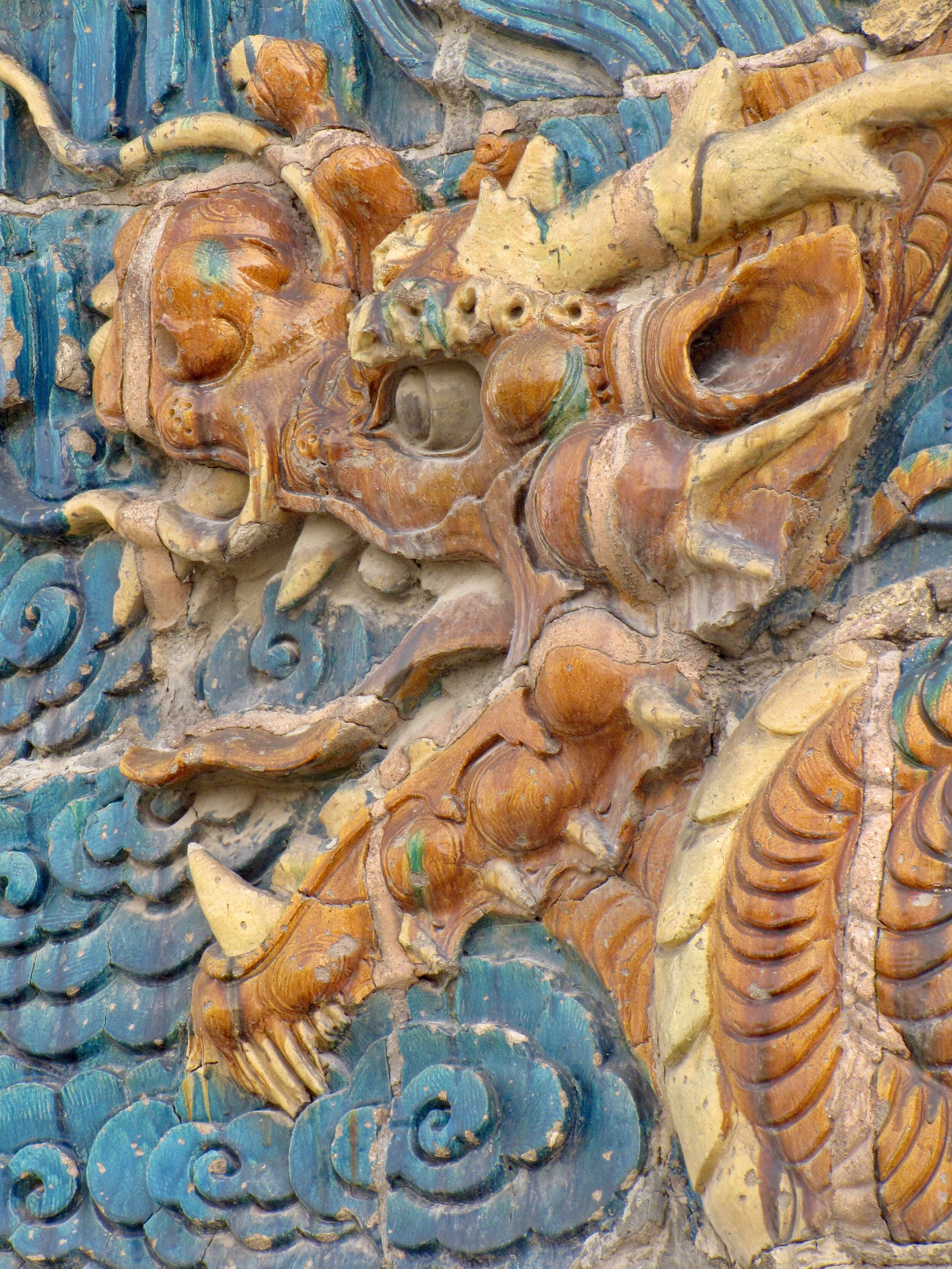Oof. Don’t mind me. I’m just trying to stretch my unused and cramping writing muscles before I dive into not only my first post of 2021, but my first writing of any kind in several months.
Like most of the world’s population, I had a pretty awful 2020. And while I would love to be the kind of person who turns to creative outlets in times of intense personal, local, national, global, and existential stress, it turns out I’m mostly the kind of person who engages in unhealthy consuming habits while repressing the urge to scream. What little energy I had over the last year I divided between going to my job, protesting, and finding ways of not taking out my frustration on strangers, coworkers, or loved ones. In those few tasks, I think I was successful. Or, at least, mostly successful.
I also tried doing a little writing during our brief lockdown in the spring, but everything I put to paper during that time just came out furious and wrong. Surprise, surprise: it’s hard to dig deep when everything under the surface is lava.
I returned to work when my city ended lockdown at the end of April, which at the time meant interacting with an only-occasionally-masked public several days a week. I soon stopped taking editing jobs and trying to work on my novel. Eventually, I stopped working on this website as well.
If there was one good thing to come out of my personal version of 2020 (other than seeing both our fascist-in-chief voted out of office and people of all races coming out to support BLM), it was that I got to read A LOT. This was also the year I started listening to audiobooks, which I did on my commute, while eating lunch in my car, and doing chores at home. Since October, when my employer shifted me into a new position to help an understaffed department during our pandemic-driven hiring freeze, I even got to listen to them during my work day.
So I guess things aren’t so bad after all!
Ha.
But I was truly grateful for the many great books I came across last year, especially those that either helped me process what was happening or those that offered a temporary escape from it. And I don’t know if I would have focused as much on reading had I not already set the challenge before the pandemic hit.
What I changed
That being said, I did give myself a little extra flexibility in how to approach my initial goals. While I completed my general challenge of reading at least five books in at least 20 categories, and at least 20 books in one of those categories, the categories themselves were not always the same ones I had outlined at the start of the year. And the particular titles rarely were the same as those I had initially stacked in my 2020 TBR piles.
With the exceptions of memoirs, personal essays, and writing books, I ended up avoiding nearly all of the non-fiction I had originally included in my reading plan. This change was partly due to the fact that I had also stopped writing, so the books I had wanted to dive into for research mostly became reminders of what I knew I should be doing but wasn’t. The other reason is that, in a period when I very badly needed either emotional catharsis or escape, the intellectually interesting but emotionally barren just wasn’t cutting it. Besides, as a writer of SFF, it’s all too easy for me to rationalize reading SFF and other fiction as its own kind of necessary research. And really, I’m not a bit sorry.
In place of the cast-aside non-fiction, I created new categories for the books I was suddenly gravitating toward, including things like feminist fiction, dystopia, and horror. My 20-plus category, which was originally meant to be “Books I Owned Prior to 2020” (final count: 7 complete, 1 DNF) was ultimately swapped for the previously unaccounted for “Library Books” (final count: 58 complete, 6 DNF or finished in 2021). And while “Library Books” made up my largest category, it wasn’t the only one with over 20 titles: “New Releases (2019–20)” also easily hit that goal with 27 completed reads and 3 that were either DNFs or completed this year. “Novellas/short novels” included 20 titles, and “Speculative fiction featuring non-white protagonists” was a significant fourth, with 19 completed reads and three more I started but didn’t finish until 2021.
The Good
So, if I was willing to drop and add categories, did having categories at all even matter?
Actually, yes. Creating new categories as I read meant looking for patterns in my reading preferences, and that pushed me to think a bit more about why I was gravitating towards some books and not others. Having pre-set categories was also helpful in keeping me on track to pick up those books I wanted to read but might have pushed to the back burner in favor of other titles that were more obviously targeted to me. This doesn’t mean I felt like I was forcing myself to read things I didn’t care about, but rather that, when choosing between books, I was more likely to pick up the one that fit one of my categories. Because I had created categories that were designed to reinforce my desire to read more diversely, I did indeed read more diversely last year than I had before.
Moreover, categories that led me to books I particularly enjoyed are now firmly cemented in my mind as “books I like and will automatically look for” in large part because I read enough in those categories to see a pattern of preference for a certain quality, rather than chalking it up to the work of a certain author (although, of course, I will think of particular authors more as well).
Having goals also made reading itself feel like something I not only wanted to do, but was a useful and productive thing to do. As a researcher and/or graduate student, it was normal for me to read parts of many, many books, but they were rarely texts I needed to absorb in whole. Not including those partial-reads, then, I can say I got through more books in 2020 than I ever have in a single year since reaching adulthood, with my grand total (not including books I edited or didn’t finish) coming in at 84 volumes. For comparison, in previous years I would have been happy to come in around 30, or even fewer.
The questionable
Only counting books I finished encouraged me to finish what I started and caused any DNFed books to feel like wasted time. Towards the end of the year, though, I found myself casting aside more books in an effort to keep my reading momentum going. In these cases, I made the decision to move on to something else fairly quickly, before I felt I had invested too much time. Most of these DNFs were things I just wasn’t in the mood for at the moment but am open to trying again later.
the bad
I’m still not sure if my increased tendency to DNF either immediately or not at all was a good or bad effect of my reading challenge. There were, however, a few less ambiguous downsides to trying to get through so many books.
The first is simply that I didn’t savor the writing and stories as much as I would have had there been no time pressure. The second is that I actively sought out books I could get through quickly, causing a number of worthy but dense or particularly long possibilities to fall by the wayside. Finally, and perhaps most importantly: I too often let reading fill time that could have gone to other important things, especially writing.
2021 Reading
All of that being said, I’m taking a much looser approach to my reading for 2021. Instead of a bunch of categories, I’ve given myself 20 specific titles I need to read by the end of the year, and have set a general reading goal of at least 60 books (I’m already at 34). For the 60 titles, I’m splitting my focus between just three very broad categories—“new releases,” “should have read by now,” and “reread”—and have jotted down several titles in each, which I plan to use as suggestions should I find myself in a slump. I also hope to do more research reading, but will let my writing guide me on those topics and titles over the course of the year.
final lists
Concurrent with working on this post, I’m writing up an annotated list of my favorite books of last year. Although I’m trying to limit myself to 20 entries, the truth is that I would recommend almost everything I read to someone, although many were definitely not for everyone (and Flatland, read in its sexist, racist, boring entirety, will be for almost no one).
With that in mind, I am including my final lists of categories and books completed in case anyone is looking for related titles to add to their own TBR piles.
In the first section, books counted for each category are presented roughly in the order I read them. The second section is a simple list of all the completed titles and their authors, alphabetized by author last name.
Reading Categories
Goal: read at least five books in twenty categories and at least twenty books in one category. Books can count for multiple categories.
Result: completed at least five books in twenty-three categories and fifty-seven books in one category. Most books counted for multiple categories.
1. Books I owned prior to 2020
An Unkindness of Magicians, Kat Howard
The Red Threads of Fortune, JY Yang
The Ballad of Black Tom, Victor Lavalle
Writing Deep Scenes, Martha Alderson and Jordan Rosenfeld
The Business of Being a Writer, Jane Friedman
Bad Feminist, Roxane Gay
Obelisk Gate, N. K. Jemisin
count: 7
2. Non-fiction—memoir/biography/personal essays
What I Talk about When I Talk about Running, Haruki Murakami
Bad Feminist, Roxane Gay
Memorial Drive, Natasha Trethewey
Hunger, Roxane Gay
Stay Sexy and Don’t Get Murdered, Georgia Hardstark and Karen Kilgariff
The Hilarious World of Depression, John Moe
count: 6
3. Non-fiction—books about writing and writers
The Business of Being a Writer, Jane Friedman
Writing Deep Scenes, Martha Alderson and Jordan Rosenfeld
Bird by Bird: Some Instructions on Writing and Life, Anne Lamont
Writing Down the Bones, Natalie Goldberg
What I Talk about When I Talk about Running, Haruki Murakami
Memorial Drive, Natasha Trethewey
Hunger, Roxane Gay
Bad Feminist, Roxane Gay
count: 8
4. Novellas/short novels
Comemadre, Roque Larraquy
The Red Threads of Fortune, JY Yang
Flatland, Edwin Abbott
The Ballad of Black Tom, Victor Lavalle
The Border Keeper, Kerstin Hall
Prosper’s Demon, K.J. Parker
The Atrocities, Jeremy C. Shipp
The Seep, Chana Porter
The Slow Regard of Silent Things, Patrick Rothfuss
The Word for World is Forest, Ursula K. Le Guin
The Deep, Rivers Solomon
Queens of Fennbirn, Kendare Blake
The Beauty/Peace, Pipe, Aliya Whiteley
The Order of the Pure Moon Reflected in Water, Zen Cho
Duchamp Versus Einstein, Christopher Hinz and Etan Ilfeld
The Haunting of Tram Car 015, P. Djèlí Clark
We Have Always Lived in the Castle, Shirley Jackson
The Fourth Island, Sarah Tolmie
Coraline, Neil Gaiman
This is How You Lose the Time War, Amal El-Mohtar and Max Gladstone
count: 20
5. Books by Asian and Asian diaspora authors
The Red Threads of Fortune, JY Yang
Monstress, Marjorie Liu and Sana Takeda
Exhalation, Ted Chiang
Queens of Fennbirn, Kendare Blake
Fierce Fairytales, Nikita Gill
The Order of the Pure Moon Reflected in Water, Zen Cho
Five Dark Fates, Kendare Blake
Never Let Me Go, Kazuo Ishiguro
Venus in the Blind Spot, Junji Ito
Killing Commendatore, Haruki Murakami
What I Talk about When I Talk about Running, Haruki Murakami
Severance, Ling Ma
count: 12
6. Books by African and African diaspora authors [this category ended up being mostly African American authors]
The Ballad of Black Tom, Victor LaValle
The Border Keeper, Kerstin Hall
The Deep, Rivers Solomon
Black Leopard, Red Wolf, Marlon James
The Haunting of Tram Car 015, P. Djèlí Clark
Parable of the Sower, Octavia Butler
Bad Feminist, Roxane Gay
Memorial Drive, Natasha Trethewey
Hunger, Roxane Gay
Obelisk Gate, N. K. Jemisin
Parable of the Talents, Octavia Butler
Transcendent Kingdom, Yaa Gyasi
The Underground Railroad, Colson Whitehead
The City We Became, N. K. Jemisin
count: 14
7. Experimental/surreal/“difficult” fiction
Comemadre, Roque Larraquy
Flatland, Edwin Abbott
The Border Keeper, Kerstin Hall
The Seep, Chana Porter
Dead Astronauts, Jeff Vandermeer
The Beauty/Peace, Pipe, Aliya Whiteley
Black Leopard, Red Wolf, Marlon James
Killing Commendatore, Haruki Murakami
This is How You Lose the Time War, Amal El-Mohtar and Max Gladstone
The Underground Railroad, Colson Whitehead
count: 10
8. Classic/BIG NAME/mainstream science fiction titles and authors
Flatland, Edwin Abbott
Dead Astronauts, Jeff Vandermeer
The Word for World is Forest, Ursula K. Le Guin
Agency, William Gibson
Dune, Frank Herbert
The Handmaid’s Tale, Margaret Atwood
The Testaments, Margaret Atwood
Parable of the Sower, Octavia Butler
Never Let Me Go, Kazuo Ishiguro
Obelisk Gate, N. K. Jemisin
The Hunger Games, Suzanne Collins
Leviathan Wakes, James S. A. Corey
Oryx and Crake, Margaret Atwood
Parable of the Talents, Octavia Butler
Foundation, Isaac Asimov
count: 15
9. Classic/BIG NAME/mainstream fantasy titles and authors
The Way of Kings, Brandon Sanderson
Words of Radiance, Brandon Sanderson
Middlegame, Seanan McGuire
The Slow Regard of Silent Things, Patrick Rothfuss
The Eye of the World, Robert Jordan
The Black Prism, Brent Weeks
The Haunting of Tram Car 015, P. Djèlí Clark
Ninth House, Leigh Bardugo
Norse Mythology, Neil Gaiman
Oathbringer, Brandon Sanderson
Snow, Glass, Apples, Neil Gaiman and Colleen Doran
Game of Thrones, George R. R. Martin
Assassin’s Apprentice, Robin Hobb
Obelisk Gate, N. K. Jemisin
Neverwhere, Neil Gaiman
Coraline, Neil Gaiman
The City We Became, N. K. Jemisin
count: 17
10. Speculative fiction featuring non-white protagonists
The Red Threads of Fortune, JY Yang
The Ballad of Black Tom, Victor LaValle
Monstress, Marjorie Liu and Sana Takeda
The Seep, Chana Porter
Dead Astronauts, Jeff Vandermeer
The Deep, Rivers Solomon
Black Leopard, Red Wolf, Marlon James
The Order of the Pure Moon Reflected in Water, Zen Cho
The Haunting of Tram Car 015, P. Djèlí Clark
Parable of the Sower, Octavia Butler
Mexican Gothic, Silvia Moreno-Garcia
Obelisk Gate, N. K. Jemisin
Venus in the Blind Spot, Junji Ito
Severance, Ling Ma
Killing Commendatore, Haruki Murakami
This is How You Lose the Time War, Amal El-Mohtar and Max Gladstone [?]
Parable of the Talents, Octavia Butler
The Underground Railroad, Colson Whitehead
The City We Became, N. K. Jemisin
count: 19
11. SF/F featuring LGBT+/gender-nonconforming protagonists/major themes
The Red Threads of Fortune, JY Yang
Monstress, Marjorie Liu and Sana Takeda
The Merry Spinster, Mallory Ortberg
The Seep, Chana Porter
The Deep, Rivers Solomon
The Beauty/Peace, Pipe, Aliya Whiteley
The Order of the Pure Moon Reflected in Water, Zen Cho
Black Leopard, Red Wolf, Marlon James
Obelisk Gate, N. K. Jemisin
This is How You Lose the Time War, Amal El-Mohtar and Max Gladstone
Parable of the Talents, Octavia Butler
count: 11
12. Short story collections
The Merry Spinster, Mallory Ortberg
Exhalation, Ted Chiang
Fierce Fairytales, Nikita Gill
Venus in the Blind Spot, Junji Ito
Norse Mythology, Neil Gaiman
count: 5
13. Mythology/fairy tales/folklore/ghost stories and retellings
The Merry Spinster, Mallory Ortberg
Fierce Fairytales, Nikita Gill
Black Leopard, Red Wolf, Marlon James
Norse Mythology, Neil Gaiman
Snow, Glass, Apples, Neil Gaiman and Colleen Doran
Venus in the Blind Spot, Junji Ito
Tales of the Feathered Serpent: Rise of the Halfling King, David Bowles
count: 7
14. Mysteries/suspense/thrillers
Private Paris, James Patterson and Mark Sullivan
Rebecca, Daphne du Maurier
Glass Houses, Louise Penny
You, Caroline Kepnes
The Darwin Affair, Tim Mason
My Favorite Thing is Monsters, Emil Farris
We Have Always Lived in the Castle, Shirley Jackson
count: 7
15. New releases (2019–20)
The Border Keeper, Kerstin Hall
Prosper’s Demon, K.J. Parker
The Man Who Came Down the Stairs, Celine Loup
The Seep, Chana Porter
Middlegame, Seanan McGuire
Dead Astronauts, Jeff Vandermeer
The Deep, Rivers Solomon
Exhalation, Ted Chiang
The Beauty/Peace, Pipe, Aliya Whiteley
The Order of the Pure Moon Reflected in Water, Zen Cho
Black Leopard, Red Wolf, Marlon James
The Testaments, Margaret Atwood
The Haunting of Tram Car 015, P. Djèlí Clark
Five Dark Fates, Kendare Blake
Ninth House, Leigh Bardugo
The Darwin Affair, Tim Mason
Memorial Drive, Natasha Trethewey
Mexican Gothic, Silvia Moreno-Garcia
Stay Sexy and Don’t Get Murdered, Georgia Hardstark and Karen Kilgariff
Snow, Glass, Apples, Neil Gaiman and Colleen Doran
Venus in the Blind Spot, Junji Ito
The Fourth Island, Sarah Tolmie
The Hilarious World of Depression, John Moe
What Cats Want, Dr. Yuki Hattori
Tales of the Feathered Serpent: Rise of the Halfling King, David Bowles
This is How You Lose the Time War, Amal El-Mohtar and Max Gladstone
The City We Became, N. K. Jemisin
count: 27
16. Books I chose because of their covers
An Unkindness of Magicians, Kat Howard
Comemadre, Roque Larraquy
The Red Threads of Fortune, JY Yang
The Border Keeper, Kerstin Hall
Prosper’s Demon, K.J. Parker
The Merry Spinster, Mallory Ortberg
The Seep, Chana Porter
Dead Astronauts, Jeff Vandermeer
The Beauty/Peace, Pipe, Aliya Whiteley
The Order of the Pure Moon Reflected in Water, Zen Cho
The Darwin Affair, Tim Mason
Venus in the Blind Spot, Junji Ito
The Fourth Island, Sarah Tolmie
Norse Mythology, Neil Gaiman
What Cats Want, Dr. Yuki Hattori
count: 15
17. Next book in series
Dead Astronauts, Jeff Vandermeer
The Slow Regard of Silent Things, Patrick Rothfuss
Words of Radiance, Brandon Sanderson
Queens of Fennbirn, Kendare Blake
The Testaments, Margaret Atwood
Five Dark Fates, Kendare Blake
Obelisk Gate, N. K. Jemisin
Oathbringer, Brandon Sanderson
Parable of the Talents, Octavia Butler
count: 9
18. Graphic novels
Sabrina, Nick Drnaso
Monstress, Marjorie Liu and Sana Takeda
The Man Who Came Down the Stairs, Celine Loup
Chronin Vol. 1, Alison Wilgus
My Favorite Thing is Monsters, Emil Farris
Snow, Glass, Apples, Neil Gaiman and Colleen Doran
Venus in the Blind Spot, Junji Ito
Tales of the Feathered Serpent: Rise of the Halfling King, David Bowles
count: 8
19. Literary and classic fiction
Rebecca, Daphne du Maurier
Black Leopard, Red Wolf, Marlon James
The Testaments, Margaret Atwood
The Handmaid’s Tale, Margaret Atwood
Never Let Me Go, Kazuo Ishiguro
We Have Always Lived in the Castle, Shirley Jackson
Killing Commendatore, Haruki Murakami
The Underground Railroad, Colson Whitehead
count: 8
20. Feminist literature (fiction and non-fiction)
The Handmaid’s Tale, Margaret Atwood
The Power, Naomi Alderman
The Beauty/Peace, Pipe, Aliya Whiteley
Queens of Fennbirn, Kendare Blake
The Testaments, Margaret Atwood
Five Dark Fates, Kendare Blake
Ninth House, Leigh Bardugo
Parable of the Sower, Octavia Butler
Hunger, Roxane Gay
Stay Sexy and Don’t Get Murdered, Georgia Hardstark and Karen Kilgariff
Bad Feminist, Roxane Gay
Mexican Gothic, Silvia Moreno-Garcia
This is How You Lose the Time War, Amal El-Mohtar and Max Gladstone [?]
Parable of the Talents, Octavia Butler
count: 14
21. Horror/supernatural
The Atrocities, Jeremy C. Shipp
The Beauty/Peace, Pipe, Aliya Whiteley
In the Valley of the Sun, Andy Davidson
Mexican Gothic, Silvia Moreno-Garcia
Snow, Glass, Apples, Neil Gaiman and Colleen Doran
Idle Ingredients, Matt Wallace
We Have Always Lived in the Castle, Shirley Jackson
Venus in the Blind Spot, Junji Ito
Prosper’s Demon, K.J. Parker
count: 9
22. Library books
In the Valley of the Sun, Andy Davidson
The Beauty/Peace, Pipe, Aliya Whiteley
The Way of Kings, Brandon Sanderson
Words of Radiance, Brandon Sanderson
Middlegame, Seanan McGuire
The Slow Regard of Silent Things, Patrick Rothfuss
The Eye of the World, Robert Jordan
The Black Prism, Brent Weeks
The Man Who Came Down the Stairs, Celine Loup
Sabrina, Nick Drnaso
Comemadre, Roque Larraquy
The Border Keeper, Kerstin Hall
The Merry Spinster, Mallory Ortberg
You, Caroline Kepnes
The Deep, Rivers Solomon
Exhalation, Ted Chiang
Glass Houses, Louise Penny
Private Paris, James Patterson and Mark Sullivan
Fierce Fairytales, Nikita Gill
Agency, William Gibson
What I Talk about When I Talk about Running, Haruki Murakami
The Black Prism, Brent Weeks
The Order of the Pure Moon Reflected in Water, Zen Cho
Black Leopard, Red Wolf, Marlon James
The Haunting of Tram Car 015, P. Djèlí Clark
The Testaments, Margaret Atwood
Ninth House, Leigh Bardugo
The Darwin Affair, Tim Mason
Parable of the Sower, Octavia Butler
Never Let Me Go, Kazuo Ishiguro
Memorial Drive, Natasha Trethewey
Hunger, Roxane Gay
My Favorite Thing is Monsters, Emil Farris
Black Belt Librarians, Warren Graham
Obelisk Gate, N. K. Jemisin
Stay Sexy and Don’t Get Murdered, Georgia Hardstark and Karen Kilgariff
Oathbringer, Brandon Sanderson
Snow, Glass, Apples, Neil Gaiman and Colleen Doran
Game of Thrones, George R. R. Martin
Venus in the Blind Spot, Junji Ito
Bad Feminist, Roxane Gay
Hunger Games, Suzanne Collins
Assassin’s Apprentice, Robin Hobb
Neverwhere, Neil Gaiman
The Fourth Island, Sarah Tolmie
The Hilarious World of Depression, John Moe
Killing Commendatore, Haruki Murakami
Leviathan Wakes, James S. A. Corey
Tales of the Feathered Serpent: Rise of the Halfling King, David Bowles
What Cats Want, Dr. Yuki Hattori
Severance, Ling Ma
Coraline, Neil Gaiman
This is How You Lose the Time War, Amal El-Mohtar and Max Gladstone
Oryx and Crake, Margaret Atwood
Parable of the Talents, Octavia Butler
The Underground Railroad, Colson Whitehead
The Power, Naomi Alderman
The City We Became, N. K. Jemisin
count: 58
23. Dystopian
The Handmaid’s Tale, Margaret Atwood
The Testaments, Margaret Atwood
Oryx and Crake, Margaret Atwood
Parable of the Sower, Octavia Butler
Parable of the Talents, Octavia Butler
Severance, Ling Ma
Hunger Games, Suzanne Collins
Obelisk Gate, N. K. Jemisin
The Power, Naomi Alderman
The Beauty/Peace, Pipe, Aliya Whiteley
count: 10
Books finished
Flatland, Edwin Abbott
The Power, Naomi Alderman [audio]
Writing Deep Scenes, Martha Alderson and Jordan Rosenfeld
Foundation, Isaac Asimov [audio]
Oryx and Crake, Margaret Atwood [audio]
The Handmaid’s Tale, Margaret Atwood
The Testaments, Margaret Atwood [audio]
Ninth House, Leigh Bardugo [audio]
Queens of Fennbirn, Kendare Blake
Five Dark Fates, Kendare Blake
Tales of the Feathered Serpent: Rise of the Halfling King, David Bowles
Parable of the Sower, Octavia Butler [audio]
Parable of the Talents, Octavia Butler [audio]
Exhalation, Ted Chiang [audio]
The Order of the Pure Moon Reflected in Water, Zen Cho
The Haunting of Tram Car 015, P. Djèlí Clark
The Hunger Games, Suzanne Collins [audio]
Leviathan Wakes, James S. A. Corey [audio]
In the Valley of the Sun, Andy Davidson
Sabrina, Nick Drnaso
Rebecca, Daphne du Maurier
This is How You Lose the Time War, Amal El-Mohtar and Max Gladstone [audio]
My Favorite Thing is Monsters, Emil Farris
The Business of Being a Writer, Jane Friedman
Coraline, Neil Gaiman [audio]
Neverwhere, Neil Gaiman [audio]
Norse Mythology, Neil Gaiman
Snow, Glass, Apples, Neil Gaiman and Colleen Doran
Bad Feminist, Roxane Gay [book/audio]
Hunger, Roxane Gay [audio]
Agency, William Gibson [audio]
Fierce Fairytales, Nikita Gill
Writing Down the Bones, Natalie Goldberg
Transcendent Kingdom, Yaa Gyasi (2020) [audio]
The Border Keeper, Kerstin Hall
Stay Sexy and Don’t Get Murdered, Georgia Hardstark and Karen Kilgariff [audio]
What Cats Want, Dr. Yuki Hattori
Dune, Frank Herbert [audio]
Duchamp Versus Einstein, Christopher Hinz and Etan Ilfeld
Assassin’s Apprentice, Robin Hobb [audio]
An Unkindness of Magicians, Kat Howard
Never Let Me Go, Kazuo Ishiguro [audio]
Venus in the Blind Spot, Junji Ito
We Have Always Lived in the Castle, Shirley Jackson
Black Leopard, Red Wolf, Marlon James [audio]
Obelisk Gate, N. K. Jemisin
The City We Became, N. K. Jemisin [audio]
The Eye of the World, Robert Jordan [audio]
You, Caroline Kepnes [audio]
Bird by Bird: Some Instructions on Writing and Life, Anne Lamont
Comemadre, Roque Larraquy
The Ballad of Black Tom, Victor LaValle
The Word for World is Forest, Ursula K. Le Guin
Monstress, Marjorie Liu and Sana Takeda
The Man Who Came Down the Stairs, Celine Loup
Severance, Ling Ma [audio]
Game of Thrones, George R. R. Martin [audio]
The Darwin Affair, Tim Mason [audio]
Middlegame, Seanan McGuire [audio]
The Hilarious World of Depression, John Moe [audio]
Mexican Gothic, Silvia Moreno-Garcia
Killing Commendatore, Haruki Murakami [audio]
What I Talk about When I Talk about Running, Haruki Murakami [audio]
The Merry Spinster, Mallory Ortberg
Prosper’s Demon, K.J. Parker
Private Paris, James Patterson and Mark Sullivan [audio]
Glass Houses, Louise Penny
The Seep, Chana Porter
The Slow Regard of Silent Things, Patrick Rothfuss
The Way of Kings, Brandon Sanderson [audio]
Words of Radiance, Brandon Sanderson [audio]
Oathbringer, Brandon Sanderson [audio]
The Atrocities, Jeremy C. Shipp
The Deep, Rivers Solomon [audio]
The Fourth Island, Sarah Tolmie
Memorial Drive, Natasha Trethewey [audio]
Dead Astronauts, Jeff Vandermeer
Idle Ingredients, Matt Wallace
The Black Prism, Brent Weeks [audio]
The Underground Railroad, Colson Whitehead [audio]
The Beauty/Peace, Pipe, Aliya Whiteley
Chronin Vol. 1, Alison Wilgus
The Red Threads of Fortune, JY Yang
Total: 84

